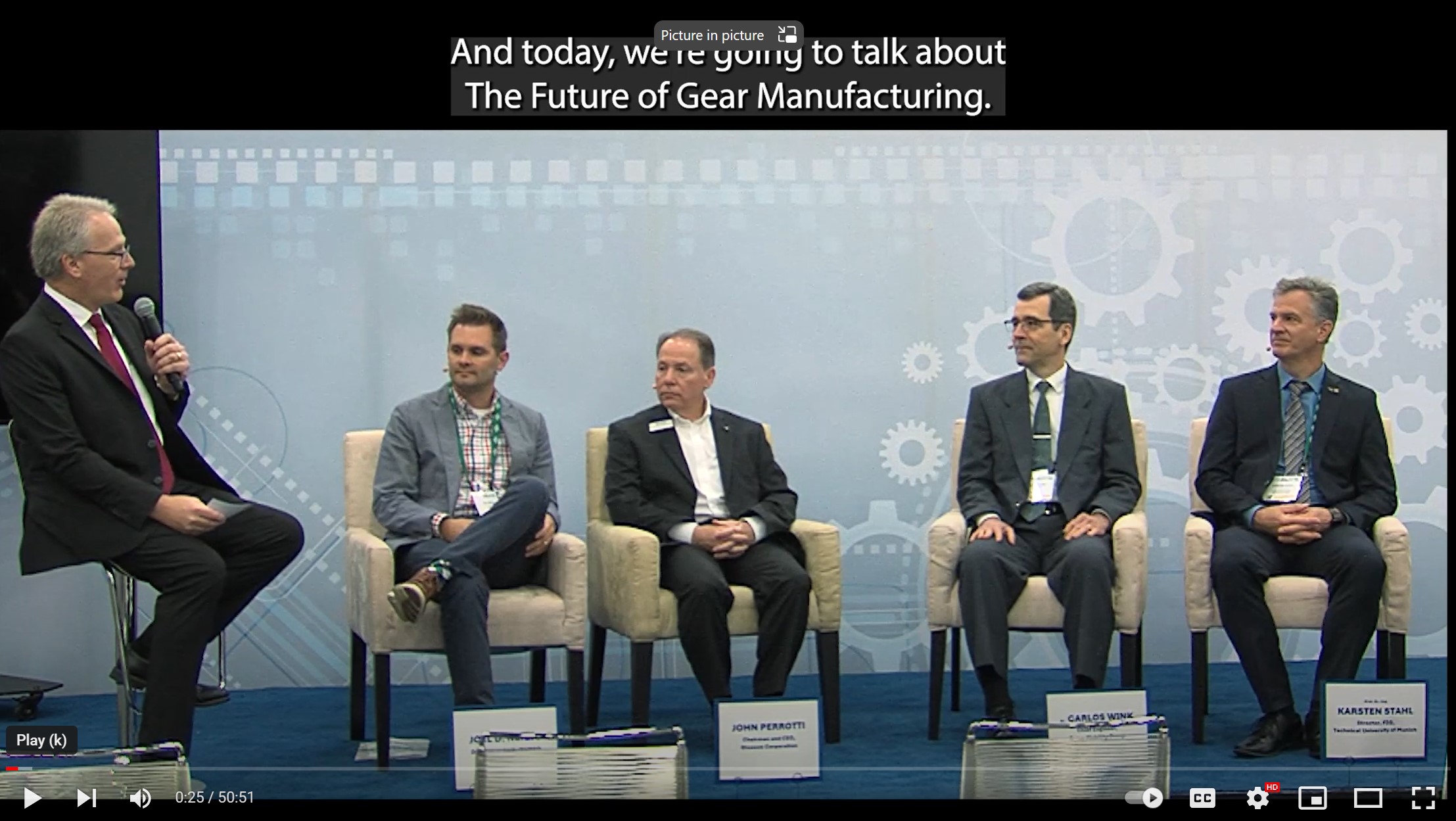Items Tagged with 'Gleason Corporation'
ARTICLES
Match the ideal solution to the workpiece
Read More
Step Right Up! It’s Time to Preview IMTS 2024
A practical guide to the latest from the manufacturing world
Read More
Radial Chamfering Arrives for E-Drive Gears
Horizontal hobbing makes an ideal solution for geared shafts with interfering contours, including EV transmission shafts
Read More
GRSL Quality Center: Speeding the Way to Quieter Gears
Gleason’s GRSL Quality Center brings fast gear inspection to the shop floor for higher quality gears
Read More
Training: Invest in Your Most Valuable Asset
New training programs and digital training technologies are closing the gap between shortages in skilled workers and an increasingly complex manufacturing environment. People are your most valuable asset, and investments in training pay enormous dividends downstream.
Read More














